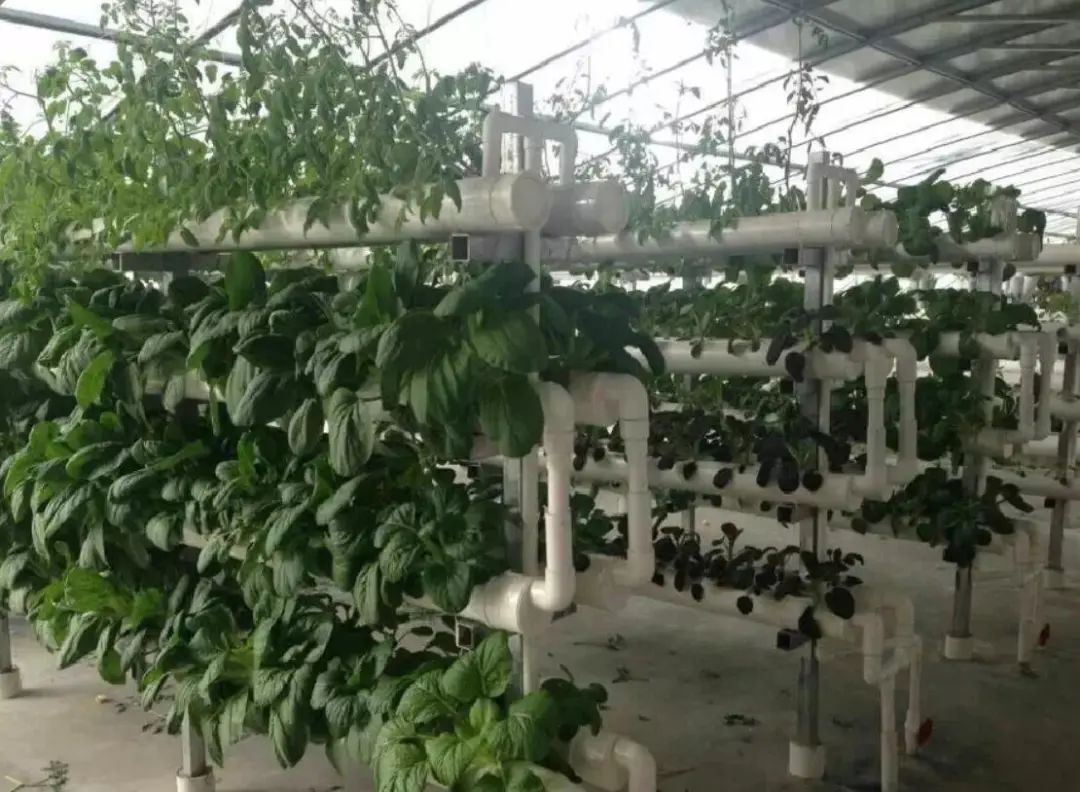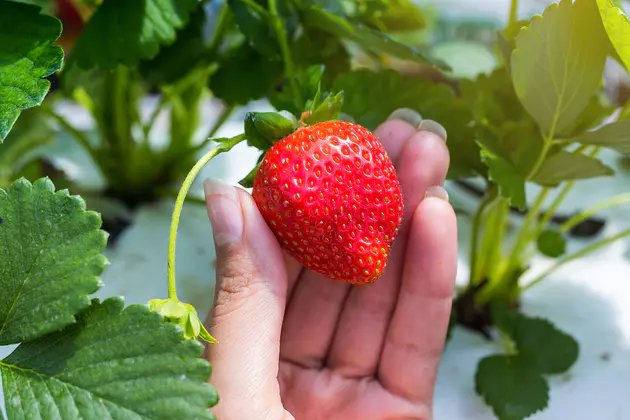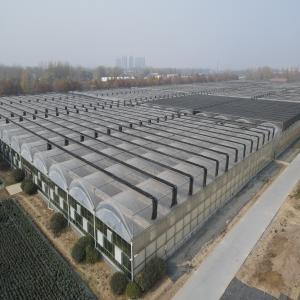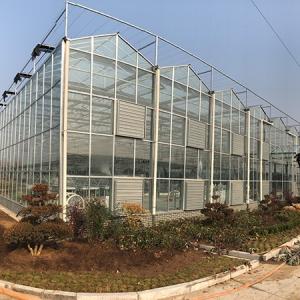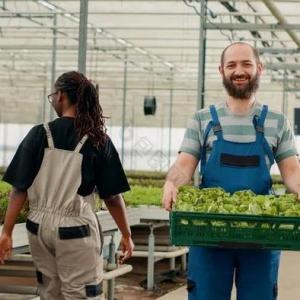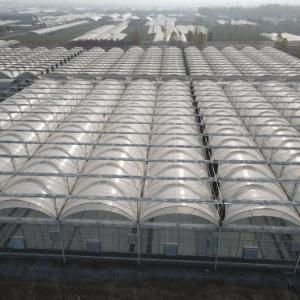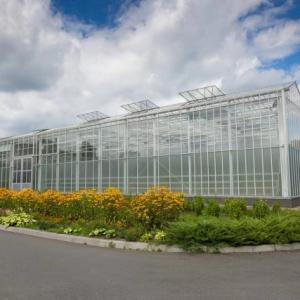How can soilless cultivation be realized in solar greenhouses? Key technical points analysis 2
III. System Design of Soilless Cultivation in Solar Greenhouses
Although the space of solar greenhouses is smaller than that of glass greenhouses, the core functional modules of the soilless cultivation system are indispensable. Scientific design is needed to improve space utilization and operation stability.
① Selection of Cultivation Modes
Give priority to three-dimensional planting structures to maximize the use of vertical space:
· Hydroponics: Pipeline-type three-dimensional cultivation is recommended, arranged in the north-south direction to avoid shading between crops;
· Substrate culture: Adopt trapezoidal bracket design to increase planting area while ensuring ventilation and light transmission;
· Aeroponics is not recommended: It is highly dependent on electricity. If a sudden power outage lasts more than 4 hours, it is easy to cause root dehydration.
② Indoor Environment Renovation
· Ground hardening: Lay water-permeable floor tiles, used with the floor heating system, which not only avoids dust pollution but also facilitates cleaning and maintenance;
· Space planning: Reserve a channel width of ≥1.2 meters to ensure the convenience of planting operations and equipment maintenance.
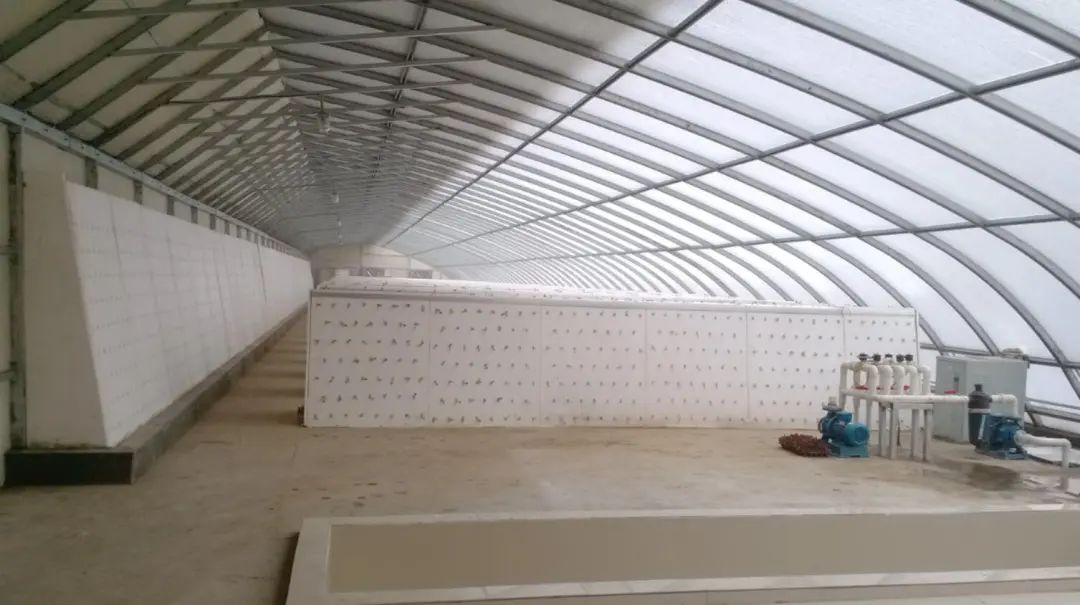
③ Core Facilities Configuration
· Nutrient solution pool: Built underground, using the constant temperature characteristics of the soil to maintain the stable temperature of the nutrient solution (the fluctuation range can be controlled within ±2℃), reducing the stimulation of temperature changes on crop roots;
· Control system: Build a separate moisture-proof control room, integrating circulating pumps, sensors and control cabinets to avoid equipment corrosion caused by high humidity environment and prolong service life.
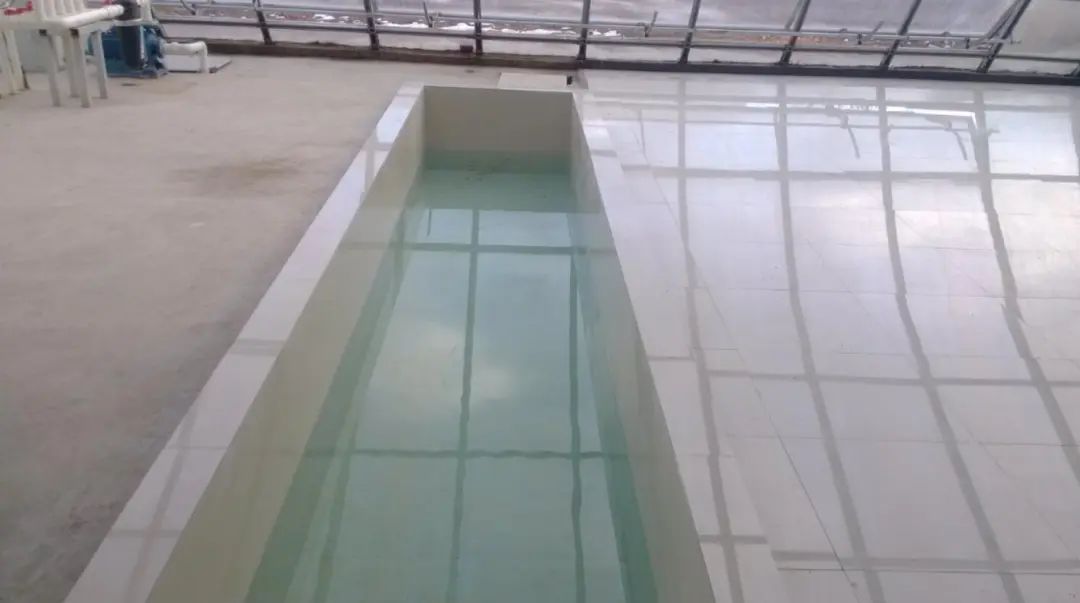
Conclusion
Solar greenhouses can completely realize efficient soilless cultivation. The core lies in upgrading the structure to achieve "four-season environment control" and optimizing facilities to meet the technical standards of soilless cultivation. As long as the above design points are strictly implemented, ordinary solar greenhouses can also achieve planting effects similar to high-end glass greenhouses, providing a cost-effective solution for large-scale and intensive planting.
